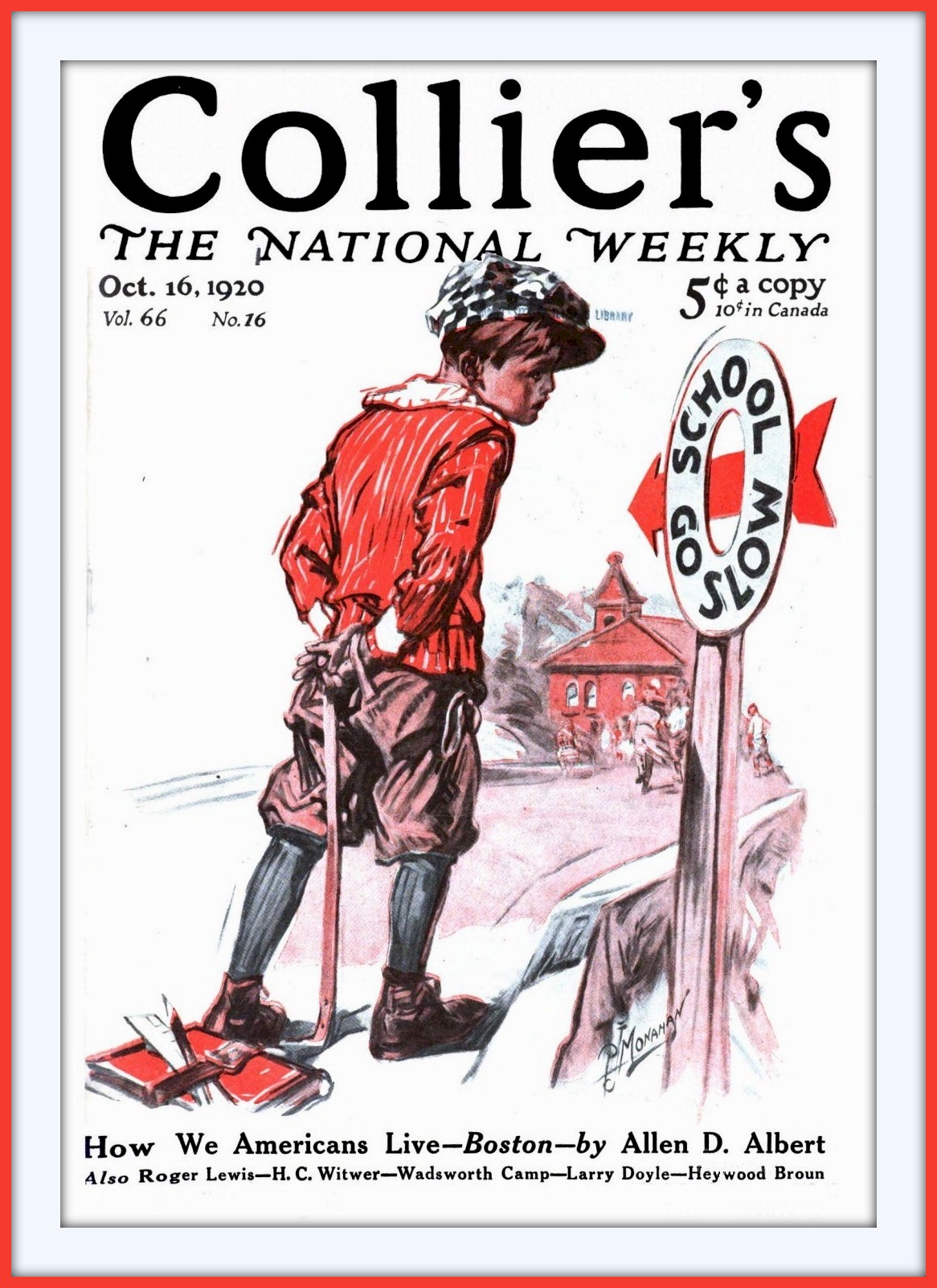I'm constantly surprised to find I haven't reviewed a movie that I thought I should have quite some time ago. This is one such instance, particularly as this movie is by Sam Fuller and I have done his much less well known Korean War film, The Steel Helmet.
Fuller was a pulp fiction writer early in his career and turned to movie scripts after the Second World War. During World War Two Fuller served as an infantryman in the 1st Infantry Division and the screenplay is more than a little bit semi autobiographical, although the Fuller character in the film, Pvt. Zab, is not the central focus of the film. Rather, the squad's Sergeant, who is never given a name in the film, and who is played by a weary Lee Marvin, basically is, to the extent that the overall infantry squad itself isn't. Indeed, the squad basically is, which shows a real military focus on the party of Fuller whose experiences as a Second World War infantry enormously showed in that respect. Fuller wrote his screenplay prior to 1950 and there was some thought of making the movie as early as that, but instead the film was made and released in 1980. While it is undoubtedly the biggest budget film ever associated with Fuller, it was actually filmed on a low budget and mostly in Israel. It was released in two versions, with the original version being shorter and a second version restoring cut scenes.
The film follows a single squad, or really a half squad, of the 1st Infantry Division in World War Two, from Operation Torch (November 1942) through the end of war in Germany (May, 1945). It interestingly starts off, however, with Lee Marvin's character in a short scene that takes place in November, 1918. This introduces us to a character who is to be the "old" sergeant, the senior figure of the squad. In the 1918 scene he wears no rank insignia so, at that time, we presume him to be a private in the same division, and given is later service in World War Two, a career soldier.
In spite of being filmed on a low budget the movie is a remarkably good movie and it stands out as a World War Two movie in a way that really isn't rivaled until the much larger budget Saving Private Ryan.
The basic premise of the film is the story of the men of a single U.S. Army squad in World War Two. Fuller was a highly decorated veteran of the 1st Infantry Division so he naturally chose this unit and the script is closely based on his own experiences, featuring as noted one soldier who is basically Fuller. The unnamed Sergeant is in the role of an experienced combat soldier trying to shepherd his squad through the war. The film never depicts, except in two instances, a full infantry squad, which is probably partially due to a story telling choice in that it allows a more focused look at the men in the unit rather than expanding it out to two to three times that size, which would be required for a full squad. That choice also emphasizes the attrition of the war as we come to understand in various ways, sometimes through the addition of added characters, that attrition is keeping the unit small and that experience is keeping these men alive.
So as a story its well done, but how does it hold up to actual history.
By and large, not too badly.
After the brief 1918 scene, the movie takes us to combat in North Africa, Italy, France and on into Germany, reflecting actual use of the division during World War Two. The restored version fills in a bit of the winter gap in 44 and 45 and also some of the late war experience of the unit, although its questionable whether the restored scenes add anything to the film (the scenes added for Germany do not). The original version tracks very closely to the divisions experiences during the Second World War. The restored version does not depart greatly, but does add a couple of story lines that were inputted for dramatic effect which likely don't, such as a mounted French Foreign Legion charge against German armor and a female German noble woman who conspires to admit American troops into a gathering of high ranking German officers.
As readers here know, we also always discuss material accuracy, and there's a fair amount to discuss concerning that in this film. Here too, it does a good job. It does a really good job if we consider that it was made in 1980 and is therefore from the pre Saving Private Ryan era.
Indeed, as this film takes place over three years, it's remarkable in regard to this as some material items changed a lot in the U.S. Army in this time frame and this film manages to depict that accurately. In 1942, when the film starts, the U.S. Army in North Africa was uniformed, for instance, with a different uniform from that which it wore in Europe in 1945. This film gets that right. The film also equips every solider in it with the M1 Garand, resisting the temptation that movies so often fell into to depict infantrymen carrying submachineguns or carbines, which they usually did not. This is so much the case that the film never depicts anyone in the squad carrying a Browning Automatic Rifle, which at least one soldier should be, if the entire squad is considered. Of course, as noted, the film is typically showing a depleted squad.
One depiction that may be questioned is the depiction of the Marvin sergeant character in terms of age. During World War Two sergeants were E4s, not E5s, and therefore we're looking at a depiction of a "buck" sergeant who has had over twenty years of service and has not advanced about that rank. That wouldn't occur in the modern Army, but it did then. Indeed, at that time there were men who retired as privates.
"Old" sergeants did occur in World War Two including in infantry formations. Still, most NCOs who had World War One service were higher ranking than that during the Second World War even if they entered the war at that rank. Indeed, quite a few NCOs were commissioned as officers during the war if they had long pre war service, although certainly not all did. So the depiction is possible, just not extremely likely. Additionally, while Marvin was 35 years removed from his own military service at the time this film was made, he always had an older appearance and that somewhat fits the appearance of men of that career and that period in time. If we can take him to be about twenty years old or so when the film opens, and there was an effort to make him look younger for those scenes, the character would only have been in his early 40s at the start of the film. That is old, in that real world role, but it did occur and overall World War Two American soldiers were on average older than generally imagined.
Overall, this film is one of the "must see" World War Two films. Very well done, and almost completely unique in following a group of infantrymen throughout the entire European campaign.


















